
A Strategic Guide to Business Advertising with Google Ads
Companies across industries employ various digital marketing strategies to expand their reach, improve customer engagement, and drive revenue. One of the most effective ways to achieve this is through business advertising on Google Ads. This dynamic platform enables businesses to connect with the right audience at the right time.
Whether you’re launching your first campaign or refining your strategy, this guide offers expert insights to help you set up for success.
Source: DemandSage
What is Google Ads and Why It Matters
Google Ads, formerly Google AdWords and AdWords Express, is a powerful platform that enables business advertising across Google Search, Display Network, YouTube, and more. You set clear goals, define your audience, control your budget, and measure your results. These campaigns can be paused, adjusted, or stopped based on your discretion.
How Google Ads Works
Google Ads uses sophisticated algorithms to display your ads when users search related to your offerings, making it a leading solution in PPC management services.
Before launching your campaign:
- Evaluate past digital marketing efforts.
- Define your campaign goal and target location.
- Write a compelling ad with optimized keywords.
- Set your budget.
Once approved, your ad reaches your target customers when they search relevant terms, such as “how to advertise your business.”
Different Types of Google Ad Campaign
Google Ads offers different campaign types, including:
- Search Campaigns. These ads are usually in text form and may appear on Google Search results pages, ideal for capturing active search intent.
- Display Campaigns. These ads are usually in image form and may show up on sites or apps that your target customers visit, excellent for brand awareness and remarketing.
- Video Campaigns. These ads are usually 6 or 15-second videos that may appear right before or during certain YouTube content, best for engagement and storytelling.
- Shopping Campaigns. These ads help you promote your products online to targeted shoppers and boost traffic to your site and physical store, suitable for eCommerce.
- App Campaigns. These ads promote your iOS or Android apps on Google Search, YouTube, Google Play, and the like to reach the targeted audience.
- Performance Max Campaign. These ads utilize AI to help advertisers reach customers across all Google’s advertising channels.
- Demand Gen Campaign. This is an AI-powered campaign designed to engage users and drive desirable actions across multiple channels, including YouTube, Discover, and Gmail.
Bidding Strategies
Moreover, Google Ads offer various bidding strategies, such as:
- Max Clicks. Sets your bids automatically to get as many clicks as possible within your budget, which is ideal for driving website traffic.
- Max Conversions. This uses your budget to generate the highest number of conversions, based on past performance and user behavior.
- Max Conversions with Target CPA (Cost-Per-Acquisition). This bid aims to get the most conversions possible while keeping your average CPA at or below your specific target.
- Max Conversion Value. This optimizes bids to drive the highest total conversion value, instead of volume, which is recommended for maximizing ROI.
- Target Impressions Share. This adjusts your bids to help your ad appear at the top of the page or in a specific position, making it perfect for brand visibility goals.
Key Performance Indicators
To measure your campaign’s success, these are the key performance metrics to track.
- Clicks. This indicates how effective your ads are at attracting customers.
- Impressions. This metric is useful for measuring reach and visibility.
- Conversions. This shows your campaign;s effectiveness.
- Click-Through Rate. This reflects how compelling your ads are to users.
- Cost per Conversion. This helps you evaluate your Return On Ad Spend (ROAS).
How to Advertise Your Business on Google Ads
With the right strategy, clear goals, and expert support, you can connect with high-intent customers exactly when they’re searching for your offerings. Here’s a step-by-step breakdown of how to advertise your business effectively using Google Ads.
Click Get Started
Visit Google Ads and click the Get Started button.

Choose Your Advertising Goal
Choose among the three advertising goals provided: get more calls, get more website sales or sign-ups, or get more visits to your physical location.
Write Your Ad
Use strong headlines and descriptions, including calls-to-action and target business advertising keywords. Consider dynamic headlines and a call button in your ad for direct engagement.
The following are the types of ads that you can create using Google Ads:
Responsive Search Ads help you show more relevant messages to your customers. You can add multiple headlines and descriptions that are tailored to your customer’s search terms or locations, improving ad relevance.
Call Ads help your business receive more calls directly from your ads. Through this, you can add existing phone information to your campaign and use extensions to call campaigns.
Dynamic Search Ads help you reach customers searching on Google for what you offer. This type of ad uses your web content to target relevant searches, which is ideal for advertisers with well-developed websites.
Video Ads lets you engage customers on YouTube and other Google video partners. Through these types of ads, you can use them to showcase your offerings and encourage them to take action.
Responsive Display Ads require you to upload images, logos, videos, headlines, and descriptions. Google then automatically generates optimized ads for display across the Google Display Network.
Performance Max Ads allow you to promote your offerings across all Google’s advertising channels using a single campaign. You only need to upload creative assets like images, videos, headlines, and descriptions. Then, Google’s machine learning automatically combines and optimizes them to deliver the best-performing ads to the right audience.
Add Keywords
Choose keywords using the three keyword match types to help Google show your ads when users search online using relevant phrases such as “digital marketing agency,” “digital marketing company,” or “digital marketing company in the Philippines.” Google will also provide keyword suggestions, and you can also advertise using your preferred language.
Here are three keyword match types for you to choose from:
Broad Match Modifier: These keywords are designated with a + sign (e.g., +keyword), which may also be close variations of those terms with the same meaning in no particular order. You can add words before, after, or between the terms.
Example: For +men’s +shoes, searches could include “men’s caps and shoes,” “sports shoes for men,” or “shoes for stylish gentlemen.”
Phrase Match: Placed inside quotation marks ”(e.g., “keyword”), this match type includes close variations with the same meaning of the phrase. You may place words before or after the phrase.
Example: For “men’s shoes,” searches may include “white men’s shoes,” “purchase shoes for men,” or “gentlemen’s shoes on sale.”
Exact Match: Placed inside brackets [] (e.g., [keyword]), this match type includes only the exact or a close variation with the same meaning.
Example: For [men’s shoes], searches could include “men’s shoes,” “gentlemen’s shoes,” “shoes for men,” or “shoes men.”
Set Preferred Locations
Set specific locations where you want Google to show your ads. You can narrow down your reach by specific zip code, city, state, country, or radius around your business.
Set a Budget
Google also gives you the option to set your budget according to your preference.
Aside from that, you can also choose among the suggested budget plans:
Before publishing, double-check all your entries to see if you have provided your campaign details correctly.
What’s Inside the Google Ads Dashboard?
Google also provides a comprehensive view of your advertising performance through the Google Ads dashboard. Once you log in, you’ll see an account overview that highlights campaign metrics, search queries, ad activity, billing summary, and user insights.
This real-time snapshot helps you make informed decisions and fine-tune your strategy based on actual performance data.
Below is an overview of key sections within the platform:
Campaigns
When you advertise on Google Ads, you’ll see a summary of all your campaigns, including their budget, status, optimization score, campaign type, impressions, interactions, and interaction rates. Additional metrics include average cost-per-click (CPC), clicks, conversion rate, conversions, and cost-per-conversion.
Ad Groups
An ad group contains ads with similar targets. In this section, you’ll see which campaign each ad group belongs to, along with its status, default maximum CPC, ad group type, impressions, interactions, and interaction rates. You’ll also find metrics such as cost, clicks, conversion rates, and conversions.
Ads and Extensions
The Ads tab provides a summary of all your ads, showing which campaign and ad group they belong to. It also displays their status, ad type, impressions, interactions, interaction rates, clicks, conversion rates, conversions, and cost metrics.
Under extensions, you will get reports on the performance of your extensions, including sitelink, callout, structured snippet, call, lead, location, affiliate location, price, app, and promotion extensions. Upon clicking an existing extension, you will be shown a report on their level, status, impressions, cost, clicks, conversion rates, conversions, and cost-per-conversion.
Landing Pages
A landing page is the URL you enter in the final URL field when setting up your ad. This section summarizes all your landing pages and includes metrics such as mobile speed score, mobile-friendly click rate, and valid AMP click rate. You’ll also see data on clicks, impressions, click-through rate (CTR), average CPC, and total cost.
Keywords
Keyword targeting lets you choose words or phrases relevant to your products or services. These help Google determine when and where your ads appear across websites, apps, or videos.
In this section, you can view all your existing keywords, along with the campaigns and ad groups they belong to. You can also review performance data for search keywords, display keywords, negative keywords, and search terms.
- Display keywords help connect your campaigns with potential customers.
- Negative keywords help filter out irrelevant search terms, allowing your ads to reach only the most relevant audience.
Each keyword entry includes data such as status, max CPC, match types, policy details, final URL, impressions, interactions, cost, clicks, conversion rates, and cost-per-conversion.
Audiences
Audiences are groups of people defined by shared interests, intents, or demographics. Google estimates these segments so you can target your ads more effectively. Audience data can help improve bidding and targeting strategies for better campaign results.
Demographics
This section provides insights into your audience’s age, gender, parental status, and household income. You’ll also see metrics like max cost-per-view (CPV), bid adjustments, impressions, interactions, cost, conversion rates, and cost-per-conversion.
Placements
Ad placements let you target specific locations on the Google Display Network or YouTube. On the Display Network, placements can be entire websites, individual pages, or mobile apps. On YouTube, they can be channels or specific videos.
Here, you can review placement performance, including which campaign or ad group they belong to, along with metrics such as max CPV, impressions, interactions, cost, conversion rate, conversions, and cost-per-conversion.
Maximize Business Growth with a Strategic Google Ads Approach
Google Ads offers a flexible and results-driven solution looking to increase online visibility, generate qualified leads, or boost sales. With the right approach, your business can reach high-intent audiences at exactly the right moment.
To make the most of your ad spend, collaborate with PPC experts who understand how to tailor campaigns based on your business goals, industry, and audience. A trusted team offering PPC management services in the Philippines can help you set up, monitor, and refine your ads for stronger performance over time—so you can focus on growing your business. 
This article was updated on June 26, 2025.
FAQs About Business Advertising on Google Ads
Is Google Ads effective for small businesses?
Yes. Google Ads lets you target specific audiences, control your budget, and track results in real-time. Thus, it is also ideal for small businesses looking to grow online visibility and leads.
How much should I spend on Google Ads?
The right budget depends on your goals, industry, and competition. Many businesses start with modest daily budgets and scale up based on performance and ROI. A PPC expert can help set an optimized budget. Contact us for a quick discovery call.
How soon can I see results from Google Ads?
You may see clicks or traffic within days, but consistent conversions and return on ad spend (ROAS) typically require data-driven adjustments over time. Expert management can accelerate this process.
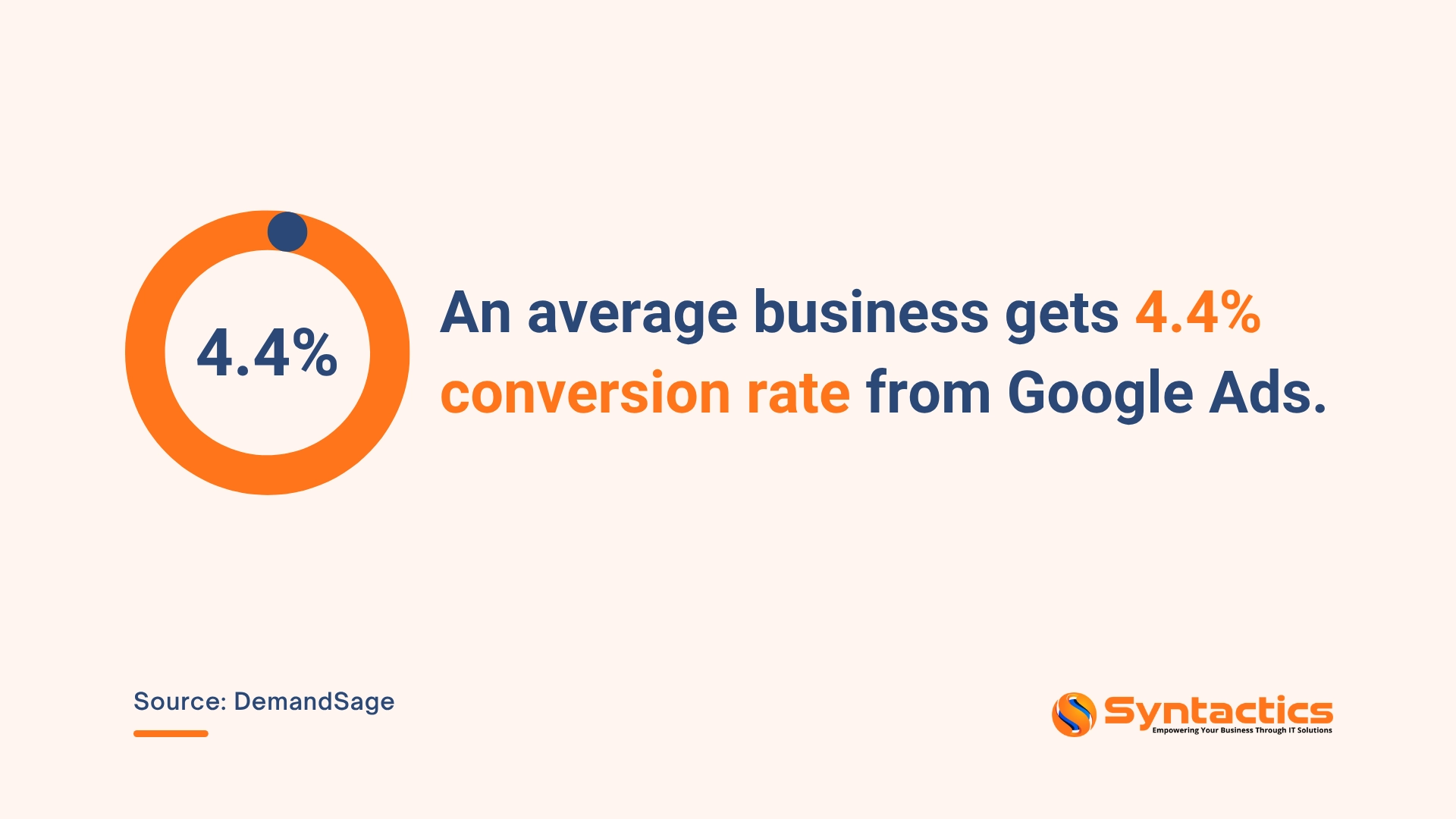
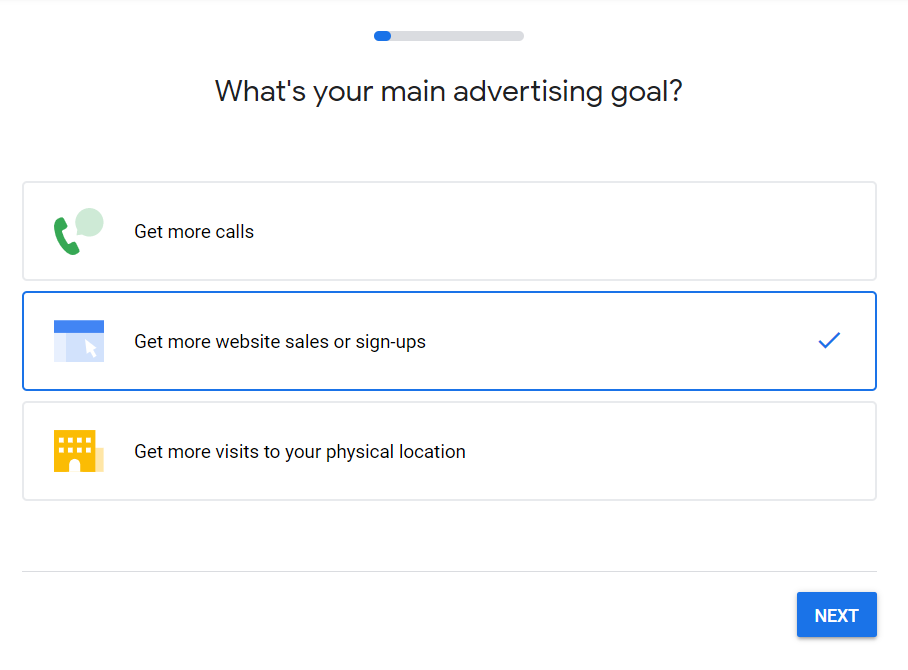
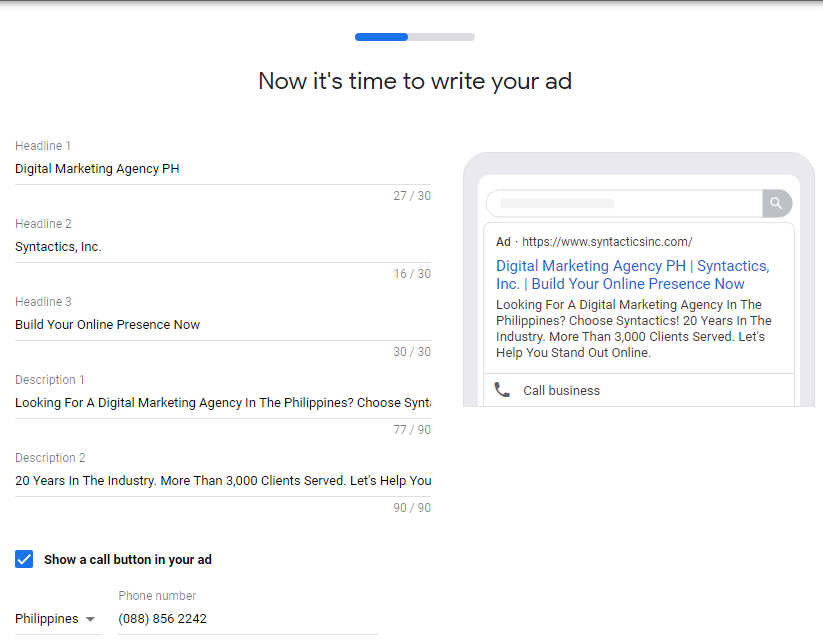
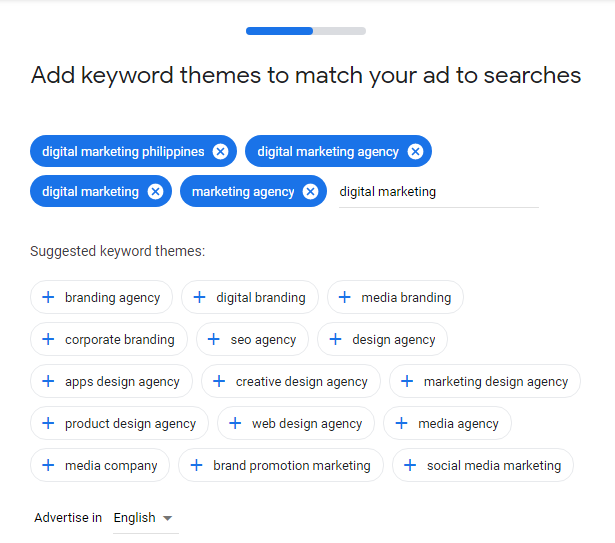
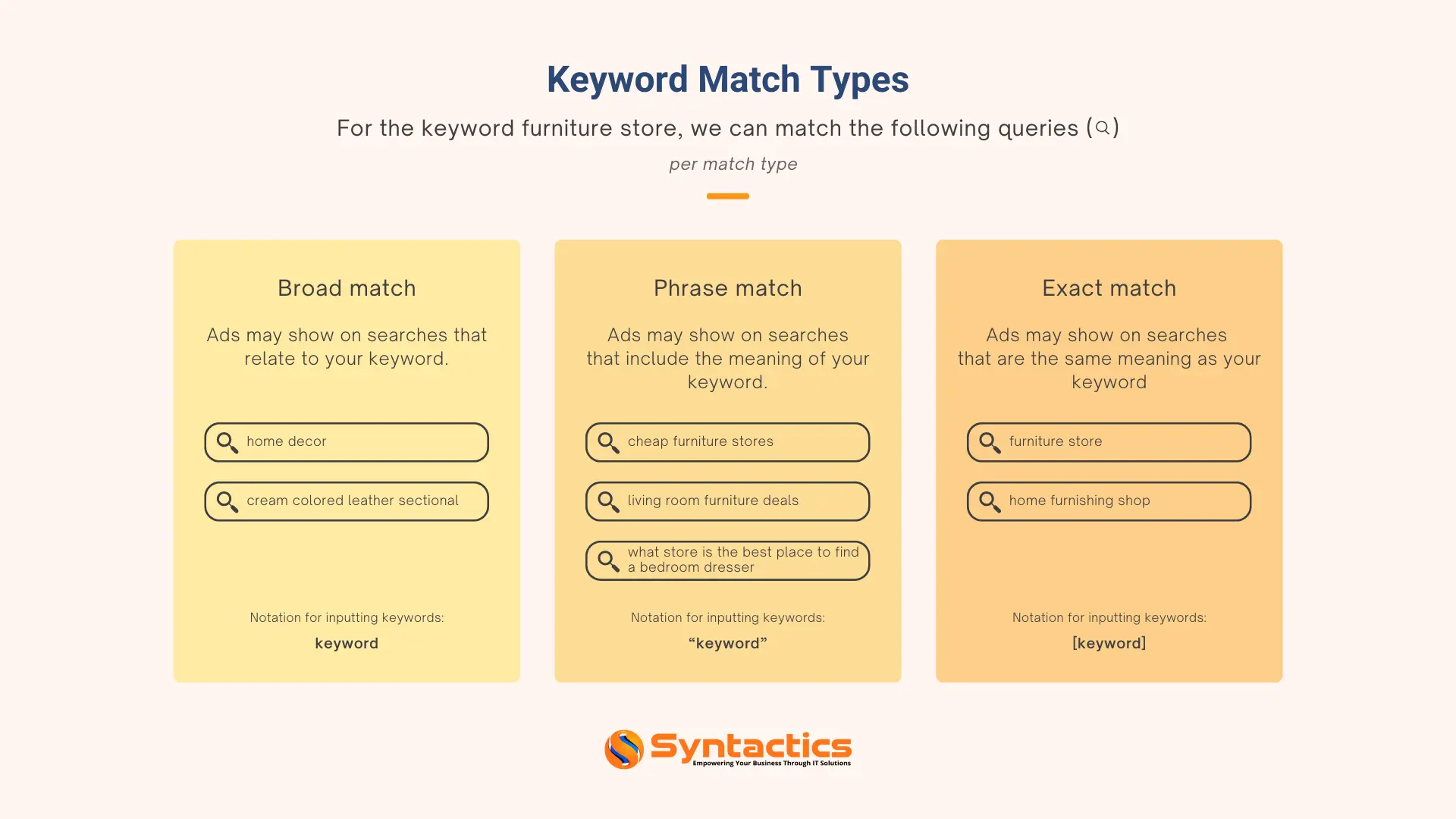
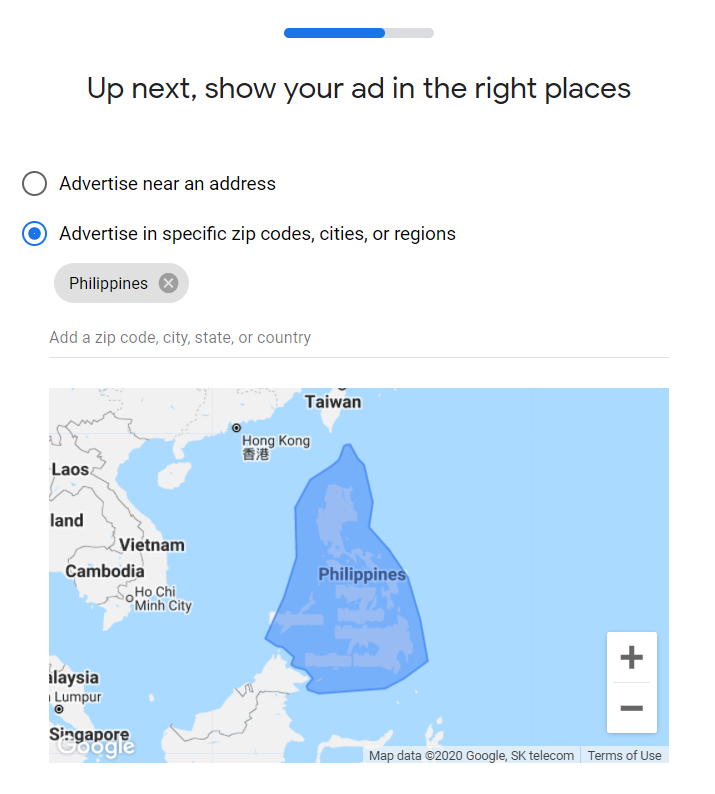
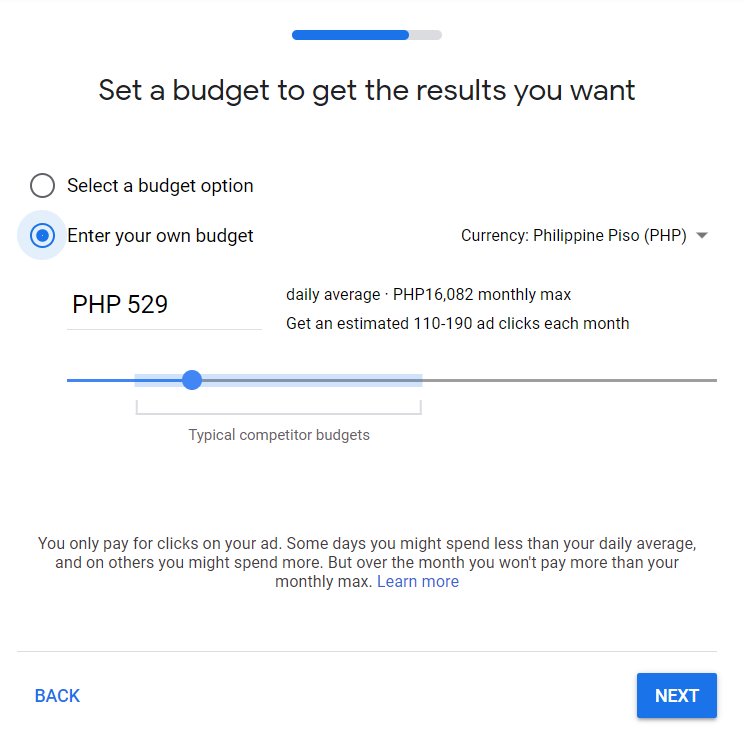
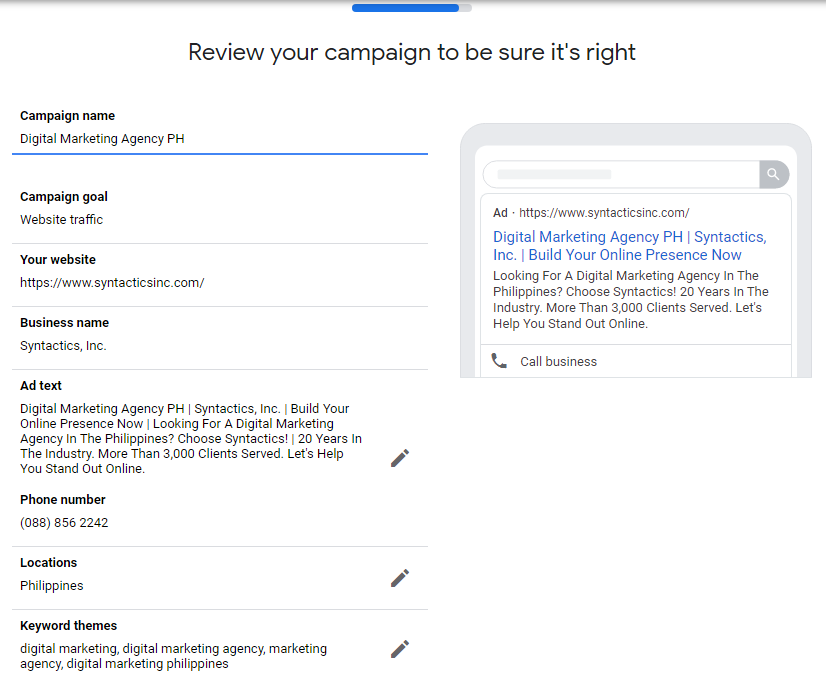
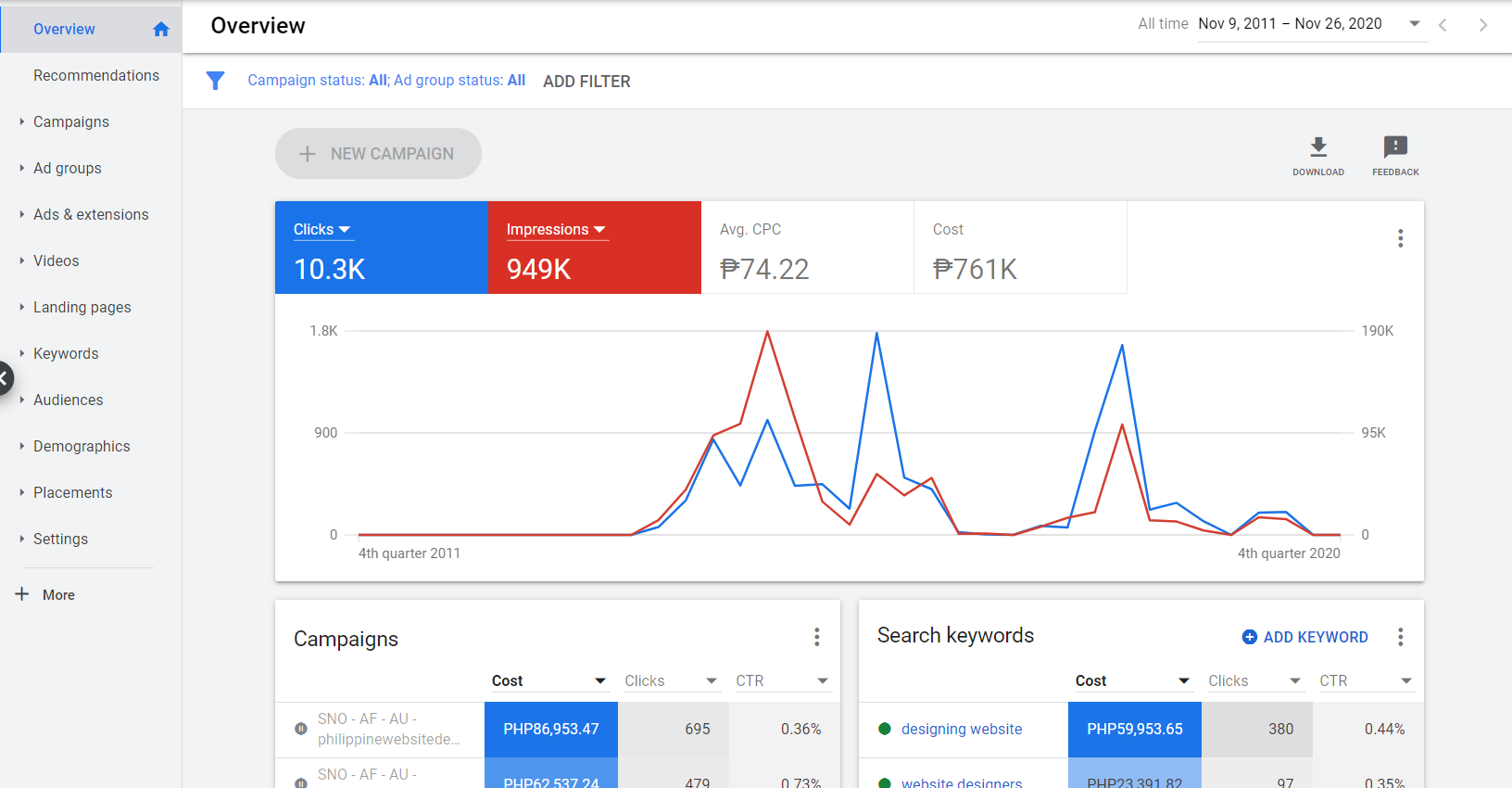
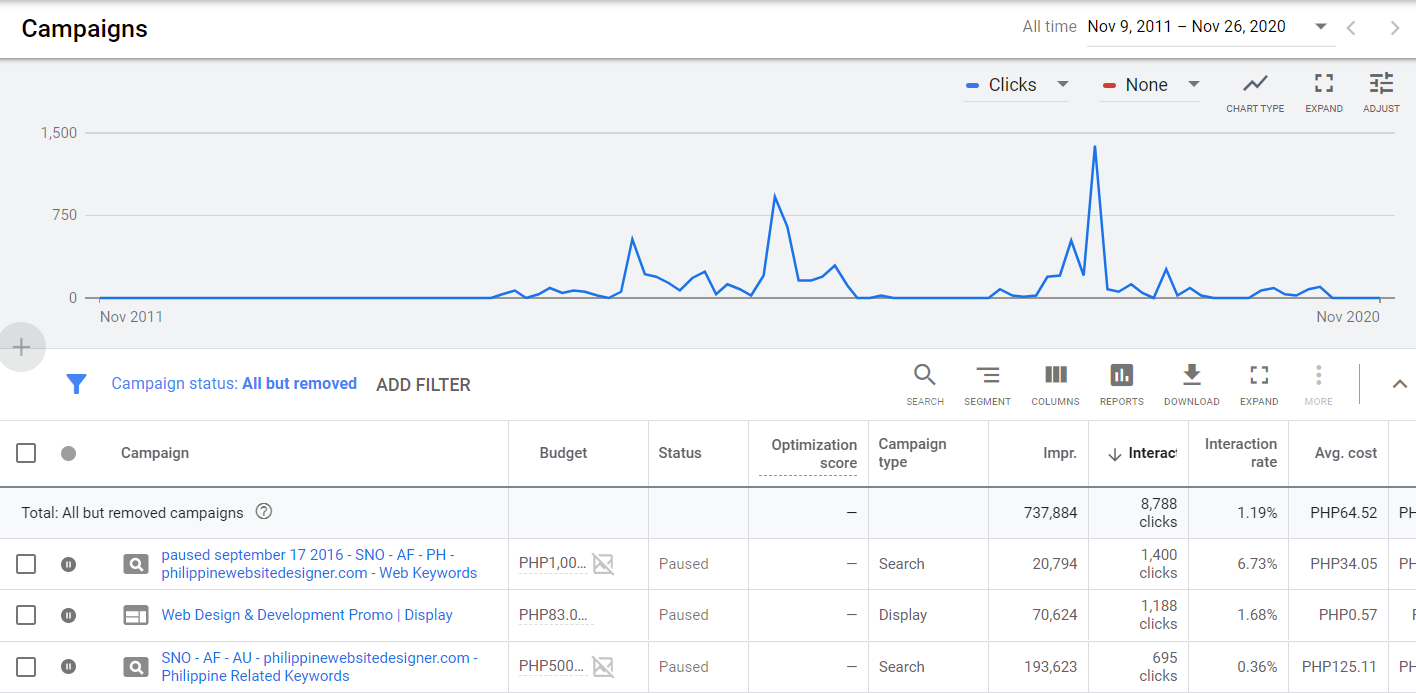
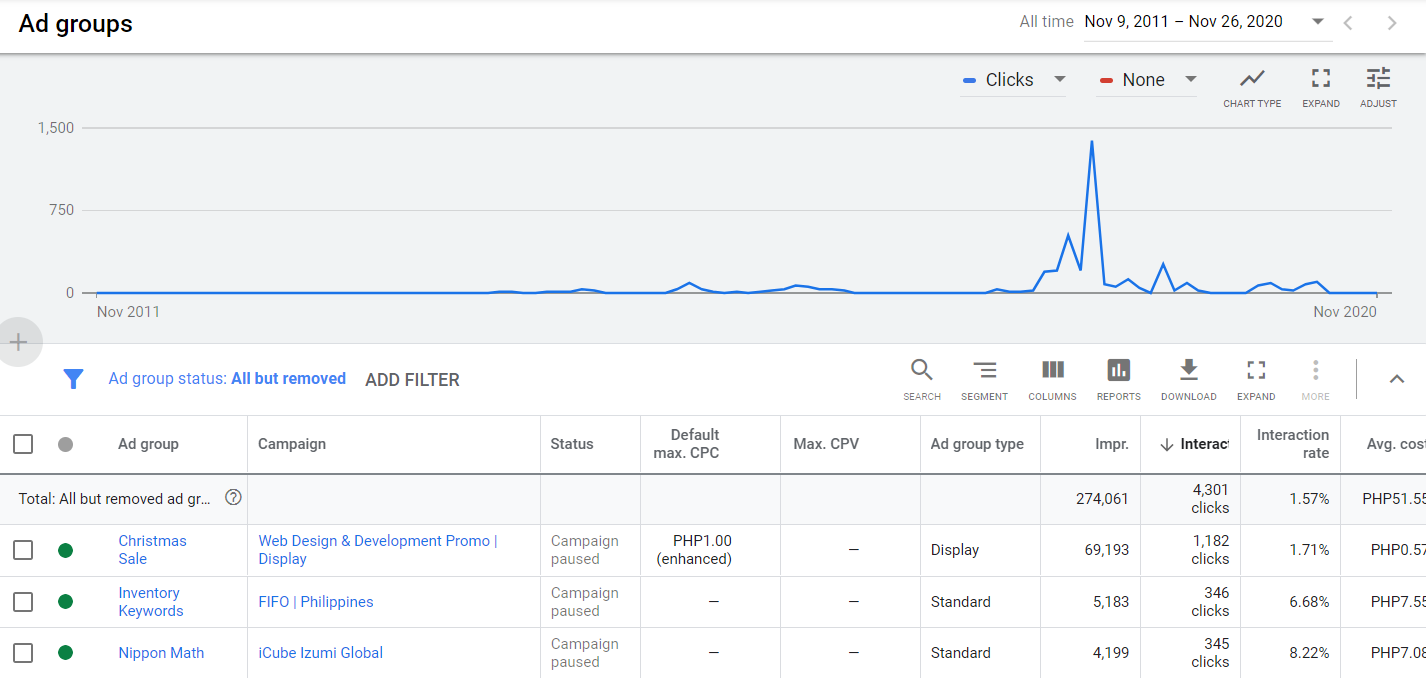
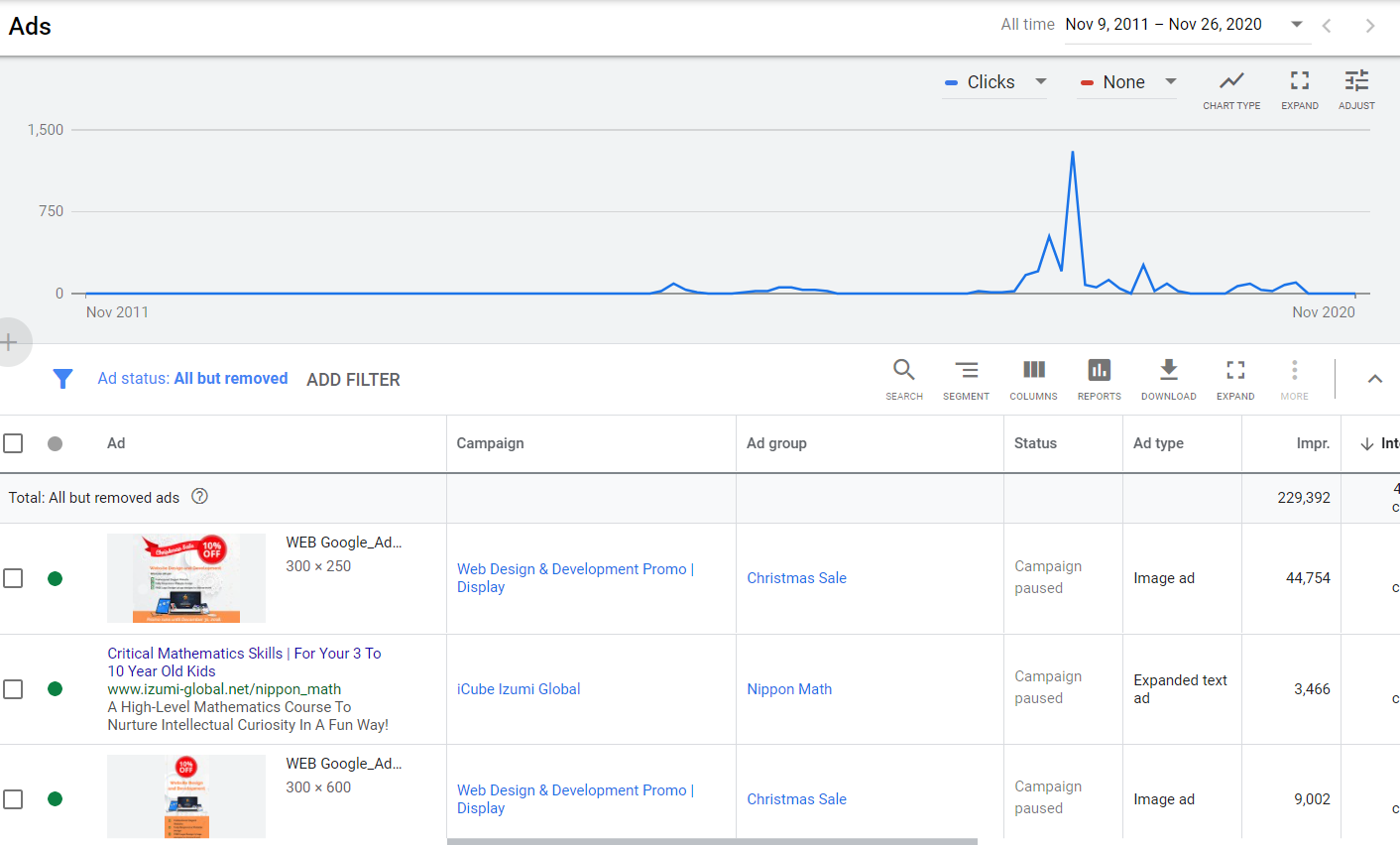
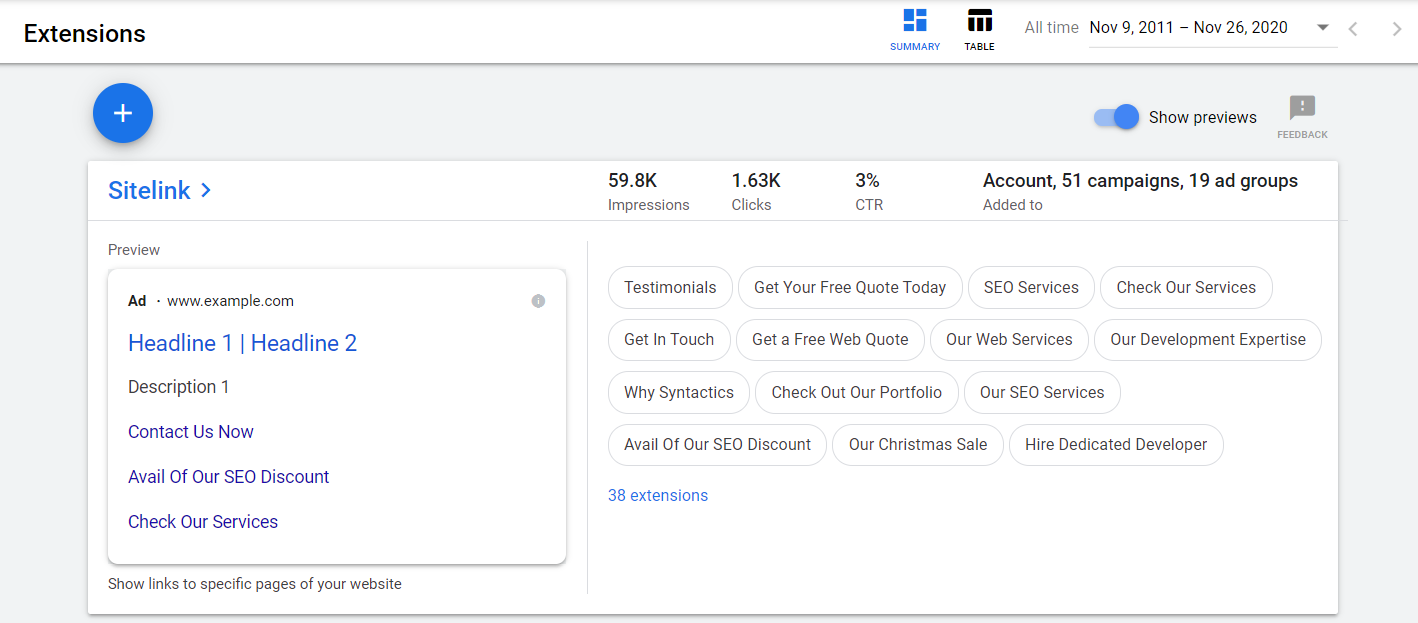
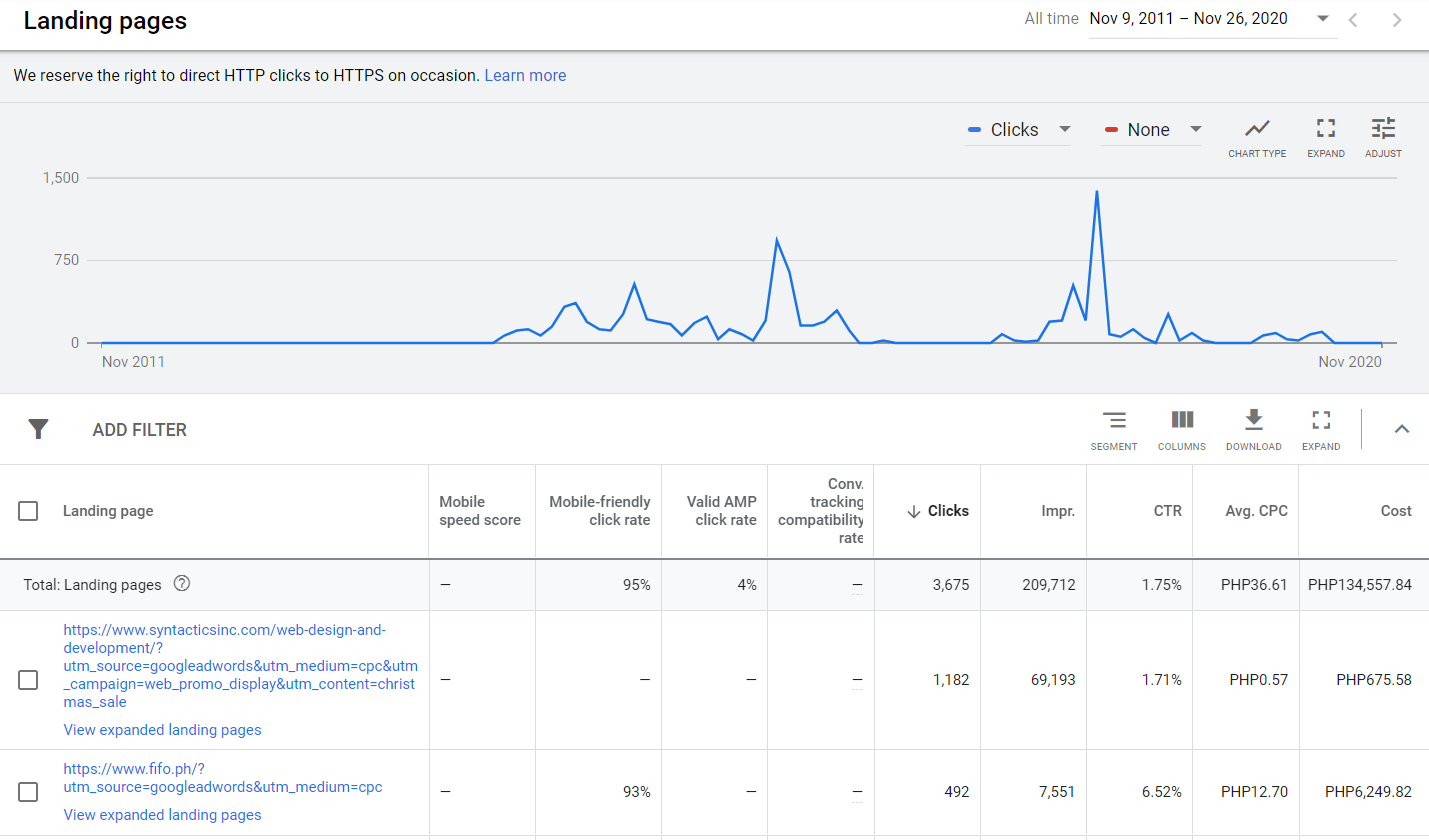
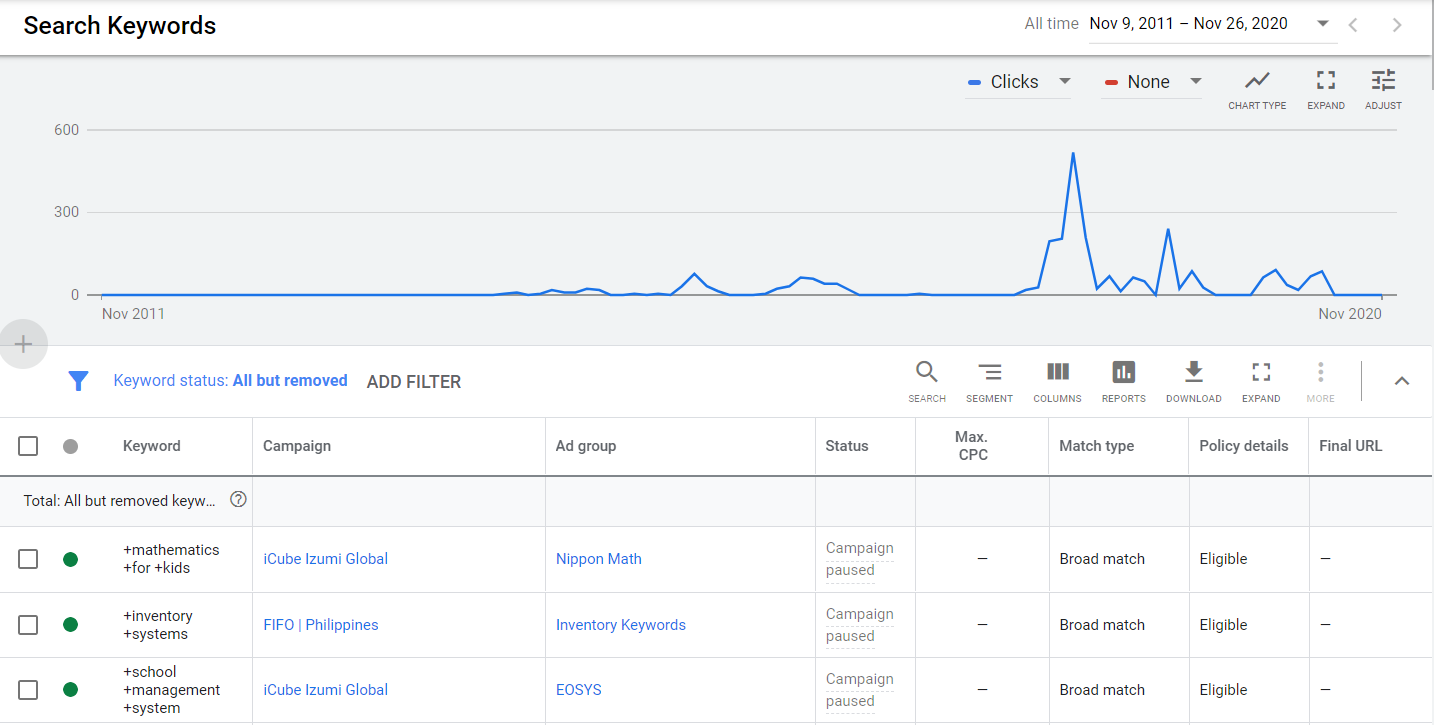

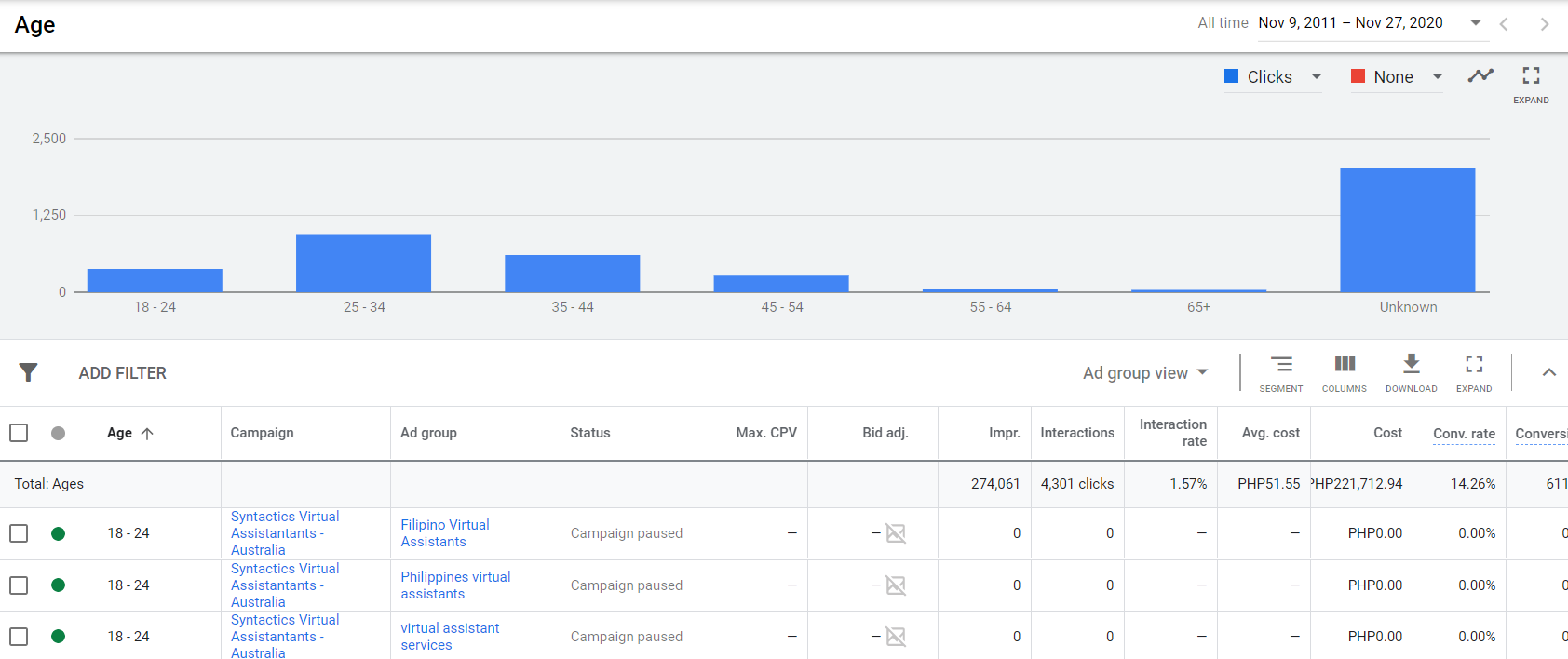






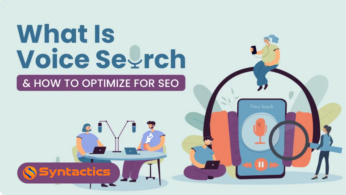
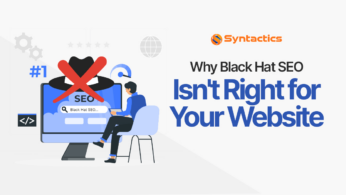


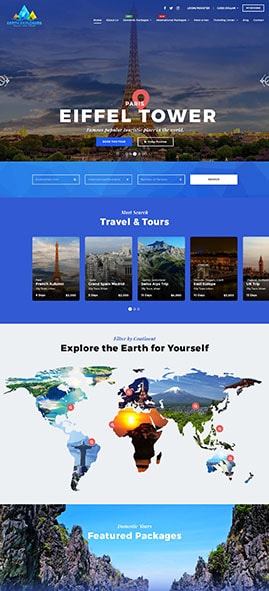




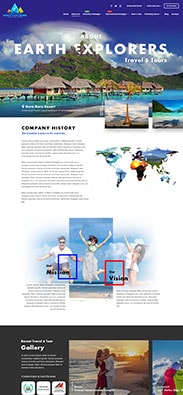

Comment 0